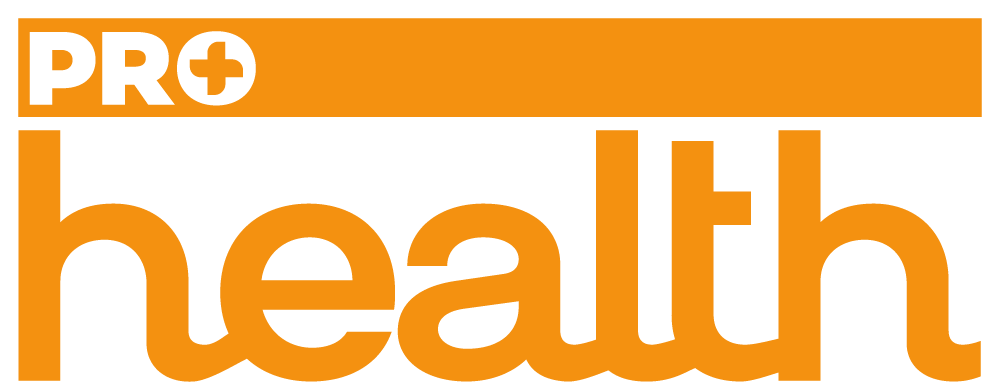Introduction
Managing chronic pain with natural and alternative therapies is an empowering approach that helps reduce reliance on medications and improve quality of life. Chronic pain—lasting more than three months—affects millions of Americans, diminishing mobility, mood, and daily function. This guide explores evidence‑based natural and alternative treatments, from diet and supplements to mind‑body practices and physical modalities. You’ll discover how to build a personalized plan that targets the root causes of pain and supports long‑term relief.
What Is Chronic Pain?
Chronic pain persists beyond normal tissue healing time and can stem from conditions like arthritis, back injuries, fibromyalgia, and neuropathy. Unlike acute pain, which signals immediate injury, chronic pain often has complex neurological and inflammatory components that require a holistic approach.
Internal Link: Learn how stress exacerbates pain in Mindfulness and Meditation: Techniques for a Balanced Life.
Why Natural and Alternative Therapies?
Conventional treatments—NSAIDs, opioids, and surgeries—carry risks and side effects. Natural and alternative therapies offer complementary or standalone options to:
- Reduce inflammation without gastrointestinal or cardiovascular risks.
- Modulate pain signals through neurological pathways.
- Enhance overall well‑being, reducing anxiety and depression often linked to chronic pain.
Internal Link: For dietary inflammation control, see Healthy Eating Habits.
Nutrition and Supplements
Anti‑Inflammatory Diet
An anti‑inflammatory diet focuses on whole, nutrient‑dense foods:
- Fruits & Vegetables: Berries, leafy greens, cruciferous vegetables.
- Healthy Fats: Olive oil, avocados, nuts, fatty fish (see Superfoods for Optimal Health).
- Whole Grains & Legumes: Quinoa, brown rice, lentils.
- Spices: Turmeric (curcumin), ginger, cinnamon.
Sample Anti‑Inflammatory Meal Plan
- Breakfast: Oatmeal with berries, chia seeds, and a dash of turmeric.
- Lunch: Kale‑quinoa salad with salmon and olive oil.
- Dinner: Lentil soup with ginger and garlic.
- Snacks: Almonds, carrot sticks with hummus.
Key Supplements
- Turmeric/Curcumin: Potent anti‑inflammatory effects.
- Omega‑3 Fish Oil: Reduces joint pain and stiffness.
- Magnesium: Muscle relaxation and nerve function.
- Boswellia Serrata: Traditional herb for arthritis pain.
- CBD Oil: Endocannabinoid modulation reduces pain and anxiety.
External Link: Find specialized e‑guides on pain nutrition at prohealthchannel.gumroad.com.
Physical Modalities
1. Acupuncture
An ancient Chinese therapy that inserts fine needles at specific points to modulate pain via endorphin release and improved circulation. Studies show benefit for low back pain, migraines, and osteoarthritis.
2. Chiropractic Care
Spinal adjustments improve alignment, reduce nerve irritation, and restore mobility. Ideal for back and neck pain.
Internal Link: Complement alignment work with mobility routines in At‑Home Workouts: 20 Effective Exercises.
3. Massage Therapy
Deep tissue, myofascial release, and trigger‑point massage relieve muscle tension and improve lymphatic drainage.
4. Physical Therapy
Guided exercises strengthen supporting muscles, correct posture, and teach ergonomic techniques to prevent flare‑ups.
5. Heat and Cold Therapy
- Heat: Increases blood flow and relaxes tight muscles.
- Cold: Reduces inflammation and numbs pain.
Use 15–20 minutes per application, alternating as needed.
6. Transcutaneous Electrical Nerve Stimulation (TENS)
Low‑voltage electrical stimulation blocks pain signals and promotes endorphin release. Portable TENS units can be used at home.
Mind‑Body Practices
Mindfulness Meditation
Regular mindfulness reduces pain perception by changing brain network activity and lowering stress. Practice 10–20 minutes daily.
Internal Link: Dive deeper into mindfulness in Mindfulness and Meditation: Techniques for a Balanced Life.
Yoga and Tai Chi
Gentle, low‑impact movement therapies that improve flexibility, strength, and balance while calming the nervous system.
Internal Link: Explore yoga’s benefits in The Benefits of Yoga and Pilates for Flexibility and Strength.
Biofeedback
Learning to control physiological functions (heart rate, muscle tension) via real‑time feedback reduces chronic pain and anxiety.
Lifestyle Adjustments
Sleep Optimization
Poor sleep exacerbates pain sensitivity. Aim for 7–9 hours, maintain consistent sleep times, and create a restful environment.
Internal Link: Enhance sleep in The Impact of Sleep on Overall Wellness.
Stress Management
Stress intensifies pain. Incorporate daily relaxation—deliberate breathing, progressive muscle relaxation, or guided imagery.
Ergonomics and Posture
Adjust work and home environments—proper chair support, monitor height, and lifting techniques—to reduce mechanical strain.
Putting It All Together: A Sample Weekly Plan
| Day | Nutrition | Physical/Alternative Therapy | Mind‑Body Practice |
|---|---|---|---|
| Monday | Anti‑inflammatory meals | Acupuncture session | 20‑min mindfulness |
| Tuesday | Omega‑3 smoothie + nuts | Gentle yoga | 10‑min breathing break |
| Wednesday | Turmeric‑spiced lunch | Chiropractic adjustment + TENS | Tai Chi practice |
| Thursday | Mediterranean dinner | Massage therapy | Guided meditation |
| Friday | Fish + leafy greens | Strength/stretch PT exercises | Body‑scan meditation |
| Saturday | Veggie‑rich stir‑fry | Yoga for pain relief | Progressive muscle relaxation |
| Sunday | Restorative bone broth + veggies | Rest day + hot/cold therapy | Journaling & breathing |
Affiliate Call to Action
Discover Our Top-Rated Pain Relief Supplements
Unlock exclusive discounts on “natural and alternative therapies for chronic pain” formulas that complement your healing journey.
Share this content:










